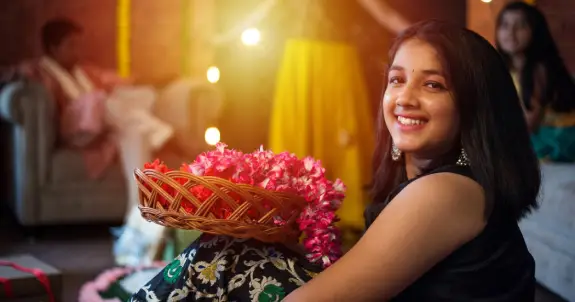
Top Reasons to Choose a Birthday Cruise in Alleppey
When it comes to creating cherished memories with your partner, the tranquil backwaters of Alleppey (Alappuzha) stand as an unparalleled destination. Known as the "Venice of the East," this idyllic locale offers breathtaking houseboat cruises, intimate honeymoon packages, and a serene atmosphere perfect for couples. This guide explores the best Alleppey honeymoon packages, ensuring your romantic getaway is nothing short of magical.
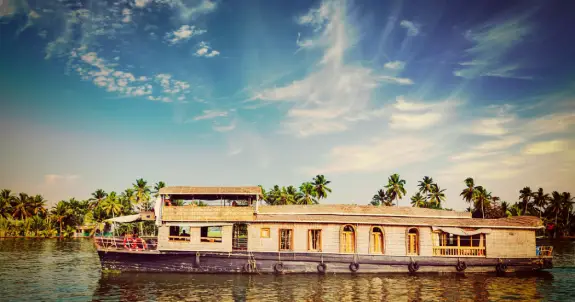
Why Alleppey Houseboats are the Perfect Destination for Special Events?
When it comes to creating cherished memories with your partner, the tranquil backwaters of Alleppey (Alappuzha) stand as an unparalleled destination. Known as the "Venice of the East," this idyllic locale offers breathtaking houseboat cruises, intimate honeymoon packages, and a serene atmosphere perfect for couples. This guide explores the best Alleppey honeymoon packages, ensuring your romantic getaway is nothing short of magical.
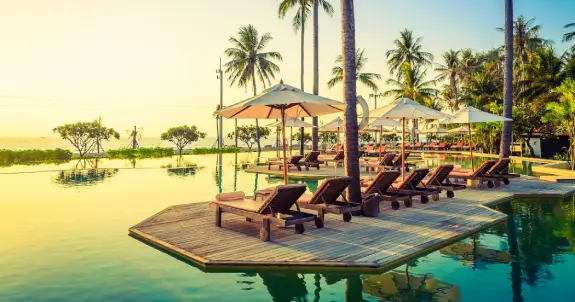
Best Honeymoon Resorts in Alleppey for an Unforgettable Romantic Getaway
When it comes to creating cherished memories with your partner, the tranquil backwaters of Alleppey (Alappuzha) stand as an unparalleled destination. Known as the "Venice of the East," this idyllic locale offers breathtaking houseboat cruises, intimate honeymoon packages, and a serene atmosphere perfect for couples. This guide explores the best Alleppey honeymoon packages, ensuring your romantic getaway is nothing short of magical.
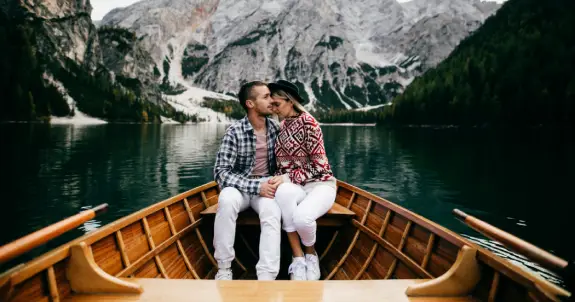
Discover Popular Alleppey Honeymoon Packages That Match Your Unforgettable Romantic Getaways
When it comes to creating cherished memories with your partner, the tranquil backwaters of Alleppey (Alappuzha) stand as an unparalleled destination. Known as the "Venice of the East," this idyllic locale offers breathtaking houseboat cruises, intimate honeymoon packages, and a serene atmosphere perfect for couples. This guide explores the best Alleppey honeymoon packages, ensuring your romantic getaway is nothing short of magical.
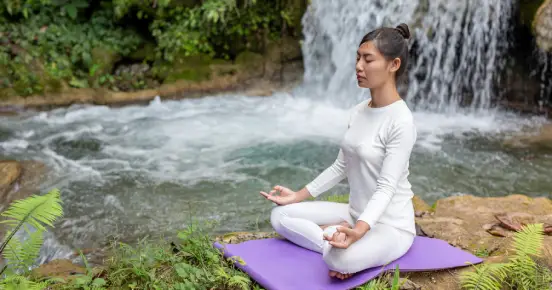
Recharge and Rejuvenate: The World of Wellness Tourism
In recent years, the concept of health and wellness tourism has captured the global imagination, marking a significant shift towards self-care and holistic health practices during travel.
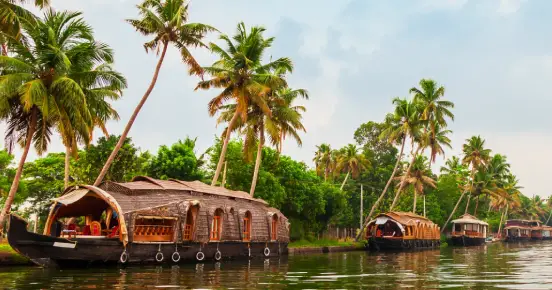
Discover Serenity and Inspiration in the Venice of the East
Nestled in the heart of Kerala, Alleppey, or Alappuzha as it’s officially known, is a slice of paradise that’s often dubbed the “Venice of the East.” This isn’t just a catchy moniker; it’s a testament to the intricate network of canals, beaches, and lagoons that make up the city’s landscape, mirroring the romantic allure of Venice itself. But Alleppey isn’t just about the waterways. It’s a place where the tapestry of nature’s beauty is interwoven with architectural marvels and cultural richness, offering a kaleidoscope of experiences that beckon business travelers and leisure seekers alike. Discover the enchanting attractions of Alleppey and why it’s a must-visit destination.
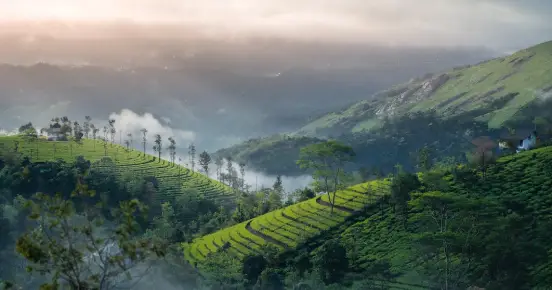
Why is Kerala a Popular Travel Destination?
We would need more than just a blog if we tried to capture all the unique qualities Kerala offers. Kerala is a popular tourist destination because of its sun-kissed beaches, swaying palms, vibrant festivals, authentic spices, and emerald backwaters.

Smart Spending Abroad: A Budget Traveler's Guide
Have you held back from treating yourself to a dreamy vacation because you thought it would break the bank? A costly trip budget can have a big impact on travellers' choices of destinations, quality of accommodations, places to eat and play, modes of transportation, activities, and overall enjoyment.
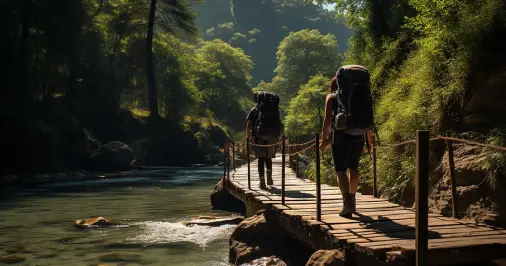
Sustainable Tourism: A Catalyst for Positive Change
The term "sustainable tourism," sometimes known as "responsible tourism," refers to travel and leisure that is conducted with consideration. Its main goal is to lessen the harm that tourism tends to inflict on the environment, local cultures, and communities while promoting their prosperity.
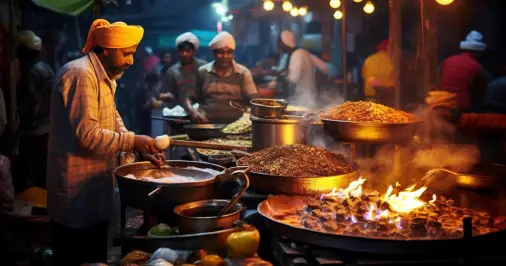
Flavours of the World: Exploring Food Diversity in Tourism
Picture yourself enjoying a five-course French meal in a quaint cafe, enjoying street cuisine in Bangkok's busy markets, or sipping a cup of aromatic espresso in an Italian café. Tempting, isn't it? This is what culinary tourism is all about.
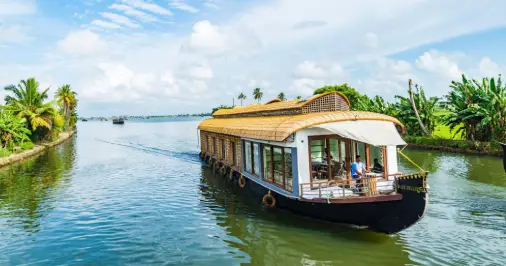
Kerala Houseboat Experience: A Fun-Filled Water Adventure
Imagine a peaceful, tranquil setting with emerald-green lakes surrounded by palm trees that mirror the sky's deep blue and the verdant landscape on either side. "Kettuvallams," or traditional houseboats, smoothly float over the tranquil waters, fitting into the very centre of this natural beauty.

Navigating Cultural Norms Abroad: Top 10 Travel Tips to Make Your Trip Better
The search for a romantic getaway is always there by couples. Though there are thousands of tourist destinations all across the country, not all the places are ideal for the couples to travel. This is because, the places are more commercial and crowded and not secluded, which is a primary concern for the couples. They always like to spend some cozy time with their partners and do not want to be interrupted or disturbed by other touristy crowds.
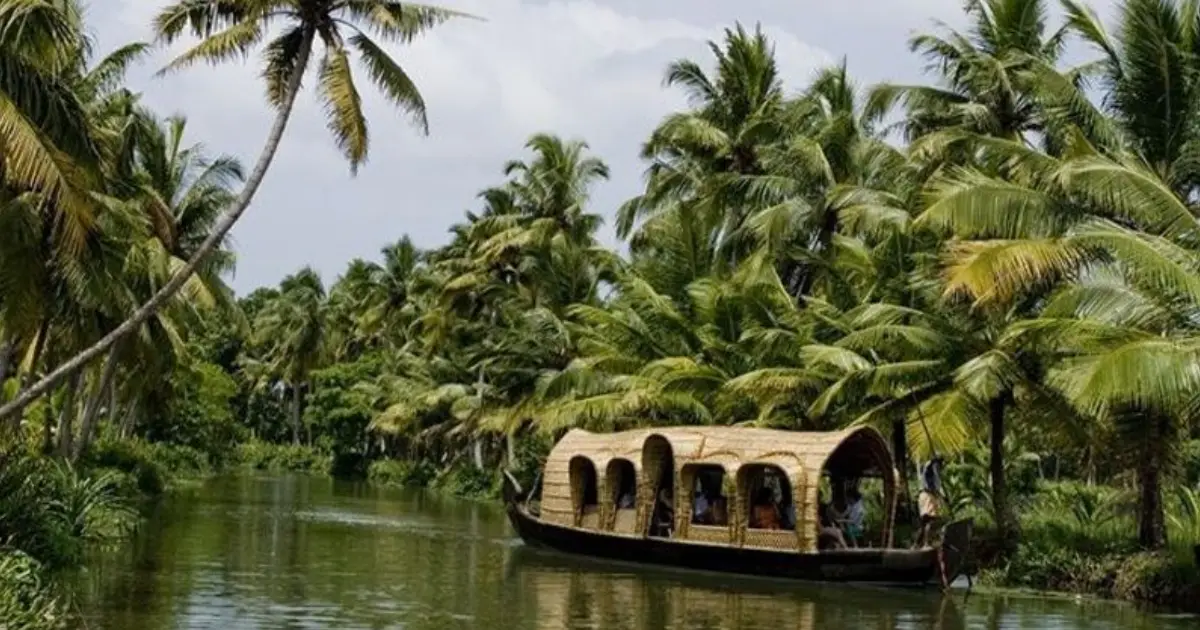
Alleppey Houseboats: Best Vacation Spot For Couples In Kerala, South India
The search for a romantic getaway is always there by couples. Though there are thousands of tourist destinations all across the country, not all the places are ideal for the couples to travel. This is because, the places are more commercial and crowded and not secluded, which is a primary concern for the couples. They always like to spend some cozy time with their partners and do not want to be interrupted or disturbed by other touristy crowds.
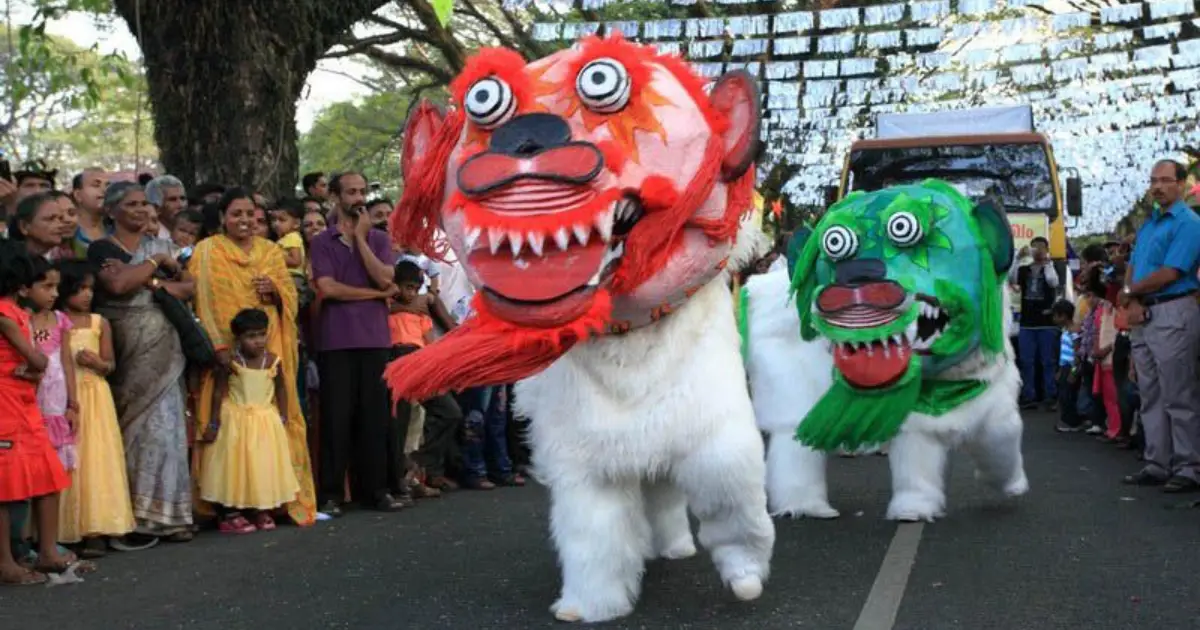
Best Way To Celebrate New Year Eve In Kerala
Kerala is known to be ‘ God's own country ’ and is places for various types for various types of occasions and events. Kerala is also one of the most beautiful and happening places to have new year celebrations which are not only famous in India but across the world.
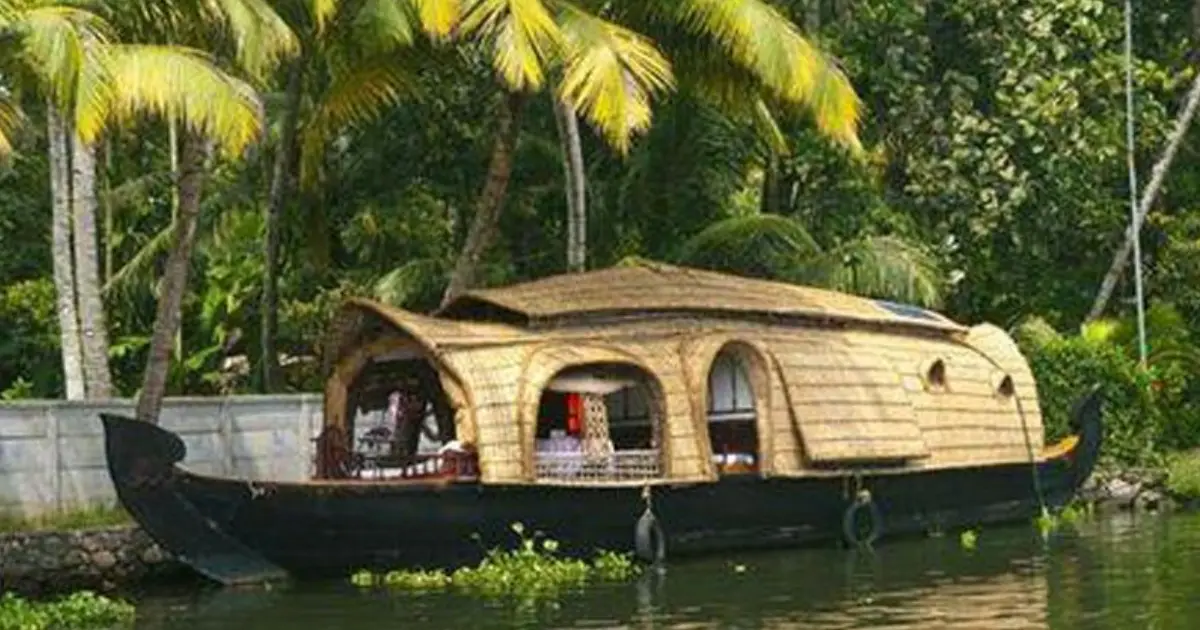
Explore Kerala’s Most Romantic Destinations In This Valentine’s Day In Alleppey Houseboats (boat House) In Kerala
Are you planning to rekindle your love with a fascinating romantic holiday this valentine’s day? Or looking forward to surprising your sweetheart with excitement in a far off place? Either way we have got something mesmerizing to make your valentine’s day awesome and romantic…
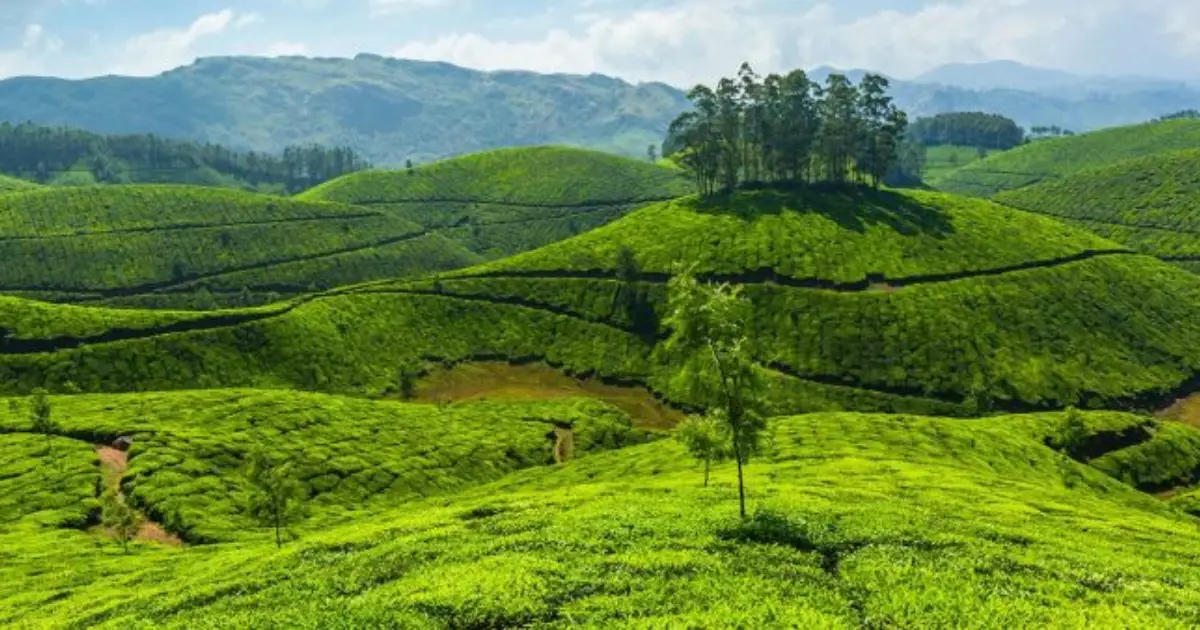
Top Five Tourist Destination In Kerala Out Of Ten Best Tour Locations In India
According to the International Travel Agency report, five tour locations of the top ten tourist places in India are in Kerala, God's Own Country. Booking Dotcom's travel website ranked five of the top ten tourist destinations in India are Varkala, Cochin, Thekkady, Alappuzha (Houseboats) and Munnar have been selected for the 2018 Guest Reviews in Kerala.
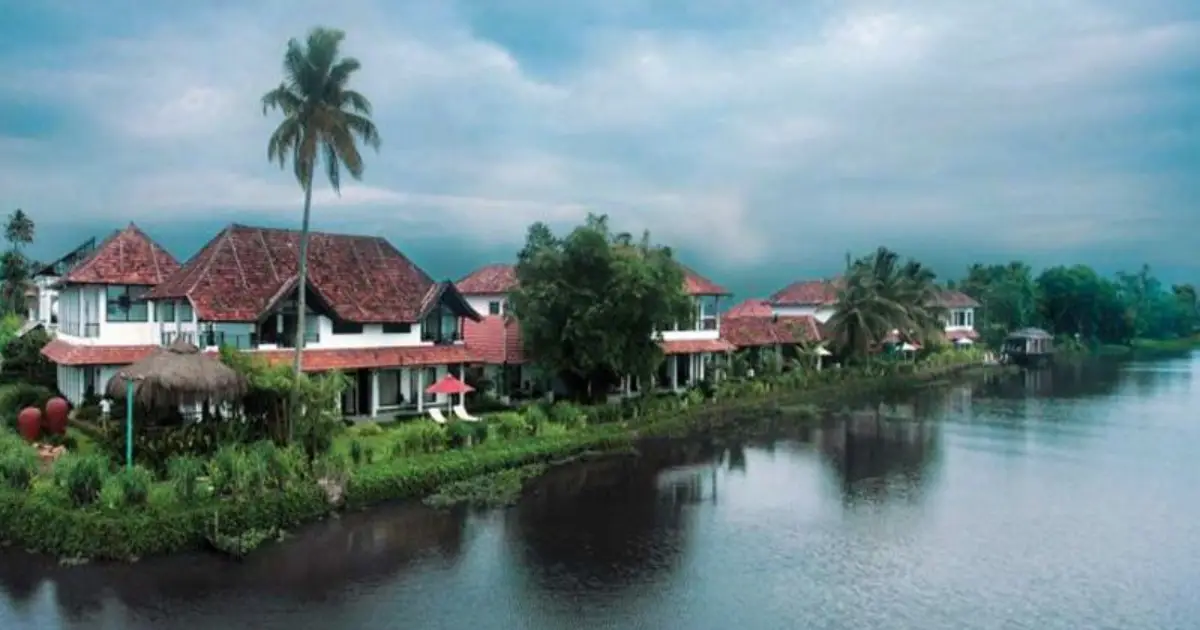
Plan Kerala Tour: Perfect Honeymoon Destination In Alleppey,kerala
Newlyweds! If you are in search of a perfect honeymoon destination, then your search ends here, as we take you on a virtual tour across the enchanting awesomeness of the Alleppey houseboats in kerala
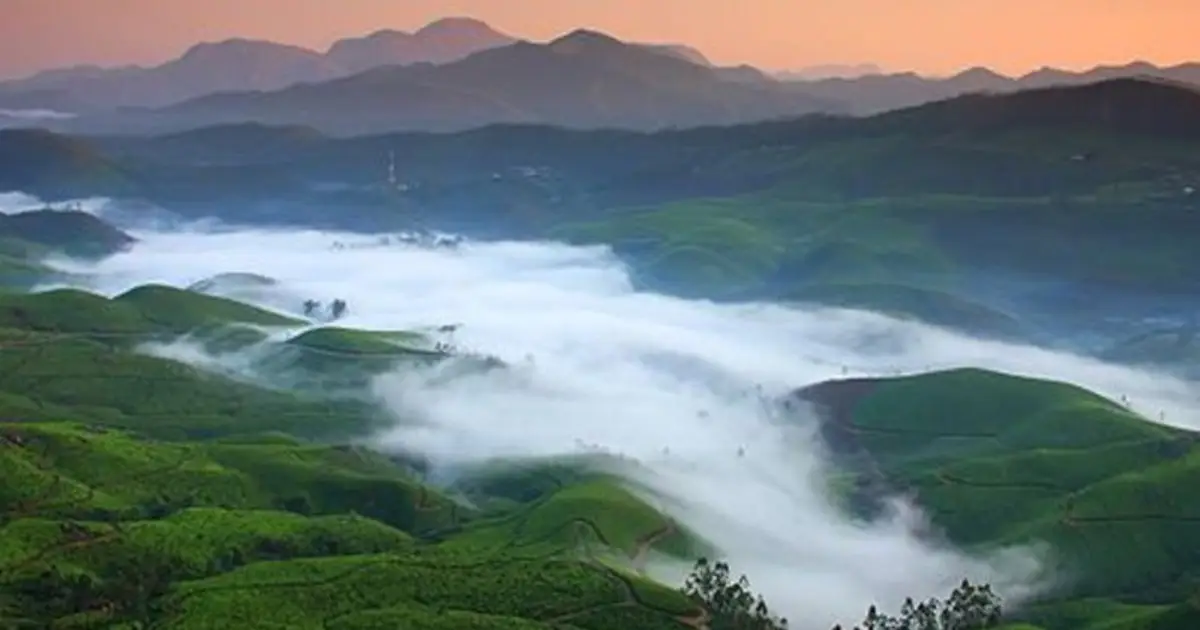
Best 15 Coolest Places In Kerala Visit During Summer In Kerala
Kerala, a southern state in India , is a hot and humid place in general, owing to its geographical position that is close to the sea. With its long coastline, Kerala has many stunning and beautiful beaches.